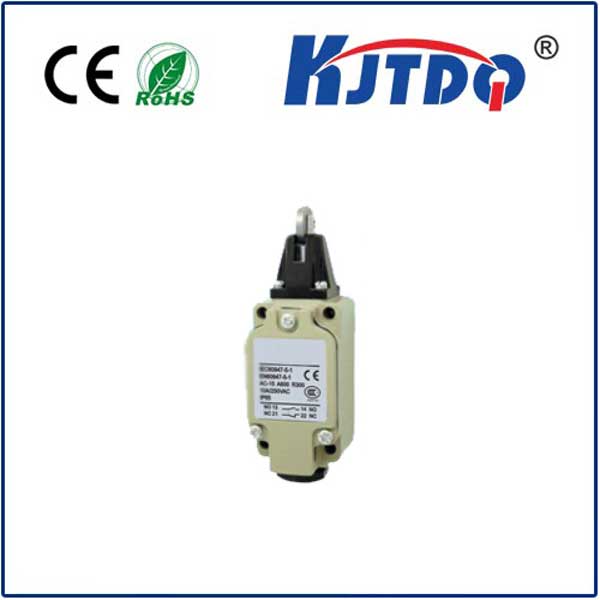
check

check

check

check
Proximity Switch and Limit Switch are common sensor devices in the field of automation control, used to detect the position, motion state or specific events of objects. They are similar in some ways, but also have some key differences:

working principle:
Limit switch: Limit switch usually uses non-contact sensing technology, such as magnetoelectric, photoelectric, ultrasonic, etc., which can detect the position or status of an object without direct contact with the object. They are usually based on the principle of objects approaching or moving away from the sensor.
Limit switches: Limit switches usually use mechanical contact or non-contact sensing technology. They detect whether an object is touching the switch through the mechanical movement of the object (contact type) or through non-contact sensing technology (non-contact type). Reach a specific location or state.
Applicable scene:
Limit switch: Suitable for scenarios that require non-contact detection, such as detecting metal objects, liquid displacement, object proximity, etc. It is often used for position detection, object counting, etc. in automated control systems.
Limit switch: Suitable for scenarios that require mechanical contact or specific position detection, such as the starting or ending position of mechanical equipment, safety limits, position protection, etc. They are often used to prevent a device from exceeding a certain range or triggering certain protective measures.
Trigger method:
Limit switch: The triggering method is usually the approach or distance of an object, and the sensor is triggered by detecting the distance change of the object.
Limit switch: The triggering method is usually mechanical contact of an object. When the object touches the switch device, the sensor is triggered.
Generally speaking, the limit switch is more suitable for non-contact detection, while the limit switch is suitable for detection of mechanical position or status. Depending on the needs of the specific application, the appropriate sensor type can be selected.









